1964 Chrysler Imperial rare LeBaron edition true Barn Find
1964 Chrysler Imperial LeBaron Le Baron for sale in New Haven, Connecticut, United States
| Condition: | Used |
| Item location: | New Haven, Connecticut, United States |
| Make: | Chrysler |
| Model: | Imperial |
| SubModel: | LeBaron Le Baron |
| Type: | Sedan |
| Year: | 1964 |
| Mileage: | 88,000 |
| VIN: | xxxxxxxxxx |
| Color: | Blue |
| Power options: | Power Windows, Power Seats |
| Fuel: | Gasoline |
| Transmission: | Automatic |
| Drive type: | RWD |
| Interior color: | Blue |
| Vehicle Title: | Clear |
| Want to buy? | Contact seller! |
Description for Chrysler Imperial 1964
1964 Imperial LeBaron a true "barn find" or in our warehouse. I'm helping sell this for a friend, e's the second owner and has owned this rare Imperial for close to 40 years! This car has been well preserved and stored indoors for it's entire live. The car is complete but in need of restoration.It has a push button automatic transmission, /C, lectric windows, lectric seat, utomatic headlight dimmers, M/FM radio, wners manual, loth and leather seats. Original 88,000 miles, 13 cubic inch V8 with 340 HP.
This car was considered the finest American luxury car ever built!
It was last started a year or so ago. In the last few years some parts replaced were the fuel tank and sending unit, arb was rebuilt, ew battery. At this time the drivers door is no opening. All the other doors work fine.
Please feel free to email any questions. Thank you!
Some additional info from: automotivemileposts.com/prod1964imperial.html
INTRODUCTION DATE: September 25, 963
IN SHOWROOMS: Friday, ctober 4, 963
TOTAL PRODUCTION: 23,295
MODEL/ORDER CODE/PRODUCTION/PRICE
Crown Coupe (Code 922): 5,233 ($5,739) | |
| ENGINE ENGINE CODE/DESCRIPTION V41 413 CID 4V V-8 Bore & stroke: 4.18 x 3.75 inches Comp. ratio: 10.1:1 Horsepower: 340 at 4600 RPM Torque: 470 lb. ft. at 2800 RPM Carburetor: Carter (Model AFB-3644S) | TRANSMISSION TRANSMISSION CODE/DESCRIPTION 3-Speed TorqueFlite Automatic (Pushbutton controls) Breakaway ratio: 5.39:1 Lever-operated master transmission lock |
| SPECIFICATIONS WHEELBASE: 129" OVERALL LENGTH: 227.8" (Crown models and LeBaron) — 149.5" (Crown Imperial Limousine) WIDTH: 80.0" HEIGHT: 56.8" (Crown models and LeBaron) WEIGHT: 4,970 lbs. (Crown Four-Door Hardtop) 4,950 lbs. (Crown Coupe) 5,185 lbs. (Crown Convertible) 5,005 lbs. (LeBaron) 6,100 lbs. (Crown Imperial) | |
| The Incomparable Imperial The new model introductions in the fall of 1963 must have confused people. Ford's Thunderbird was all new, ut its styling was somehow strangely familiar. It was more squared off than its predecessor; very much reminiscent in some respects of the 1958-1960 models. Cadillac had done an about-face for 1963, ost the somewhat fussy styling it had displayed in 1961-1962, and its 1964 models were a nice face-lift on its refreshing 1963 styling. Even Lincoln made styling changes for 1964. They were limited to new grille and deck lid trim, squared-off roofline, lat side glass, linear instrument panel, nd more rear seat and luggage compartment room. And then there was Imperial—or was it a Lincoln? It looked more like a Lincoln than an Imperial. No doubt more than one observer did a double-take upon observing the 1964 Imperials for the first time! They didn't appear very "Imperial," not that Imperial really had a specific look to base that opinion on. But they surely didn't look anything like the 1961-1963 models. There is a reason for the resemblance between the Lincoln and the Imperial. Chrysler hired designer Elwood Engel from Ford in 1961, nd he immediately saw to it that the Imperial of 1964 would bear little resemblance to previous models. Sales shot up 65% for Imperial in 1964, o the public surely liked what they saw. And what wasn't to like? The front fender tips and rear quarter panel ends on the Imperial had an angular taper to them when viewed from the side, the lines were very clean and there wasn't any sign of free standing headlamps or taillights mounted on pods. The square roofline was all the rage in 1964, nd from behind there was more than a casual resemblance to the deck lid kickup that was such an identifying feature for the Continental Mark II. Inside, completely new interior appeared. The TorqueFlite pushbutton transmission controls would make their final appearance; a Sentry Signal on the instrument panel would inform the driver to check the gauges for something amiss; and the instrument panel itself became a statement to simplicity and elegance in design. Chrysler saw to it that the Imperial passenger would be properly pampered. Courtesy lights were placed in the door pulls to light the way in and out of the car, nd thick foam padded front and rear seats with center fold down arm rests made long trips a breeze. Quality control was quite rigid on these cars; even Lincoln, hich exhibited better quality control than Cadillac at the time, aled in comparison. Interior fabrics were specified with special dyes that would resist fade—even in tropic sun conditions. And, f the fabric ever should fade, t must do so evenly, so that the color value throughout the interior would remain true. Every Imperial was rustproofed in seven dip-baths and six spray treatments. Some of the rust preventatives were so potent that they actually increased the inherent rust immunity of the steel itself! This was followed by nine coats of paint, ach finish coat of acrylic enamel was hand-sanded, xcept for the last. This coat underwent a special machine-buffing process that provided a brilliant luster not possible by hand. Three separate groups of inspectors ensured that Imperial was built to the highest standards in the land. 106 technicians kept vigilance on each car as it moved through the assembly plant. The completed car was then inspected by a separate team that road tested each car and checked every component for proper operation. Finally, op-tier quality control supervisors maintained standards in work procedures and finished car quality. All summed up, hese steps made Imperial the best-built motorcar in America. Imperial engineers even used super-sensitive microphones, ape recorders, analyzers, oscilloscopes, nd new electronic equipment to measure sound conduction through metal. By doing so, hey were able to define 154 improvements that would isolate and eliminate noise from vibration. Some of the noises weren't even audible to the human ear, ut could cause tension and fatigue. Body mounts were also analyzed and moved to eliminate the vibration patterns of road noise which served to isolate the passenger compartment, reating an almost silent interior. Underneath the car, hree layers of steel were used in exhaust pipes, nd double thickness was utilized in exhaust pipe extensions. Imperial was the only car built in America at the time to use a flexible coupling in its steering column to filter out road shock, ut still provide good road feel through the steering wheel. Imperial was certainly positioned to be a top seller for 1964. It was the only traditional luxury car to be completely redesigned, nd it certainly had a confident air about it. The styling was right on target for the times, and it continued to be the best handling of the lot. A member of the press spoke highly of the new car after a press review: "The more you drive this car, he more impressive are its differences from other fine cars. And finally you realize that this is what luxury cars always were meant to be, ut somehow never became until now." We couldn't say it any better, nd Imperialists already know you will never forget your first drive in The Incomparable Imperial of 1964. |
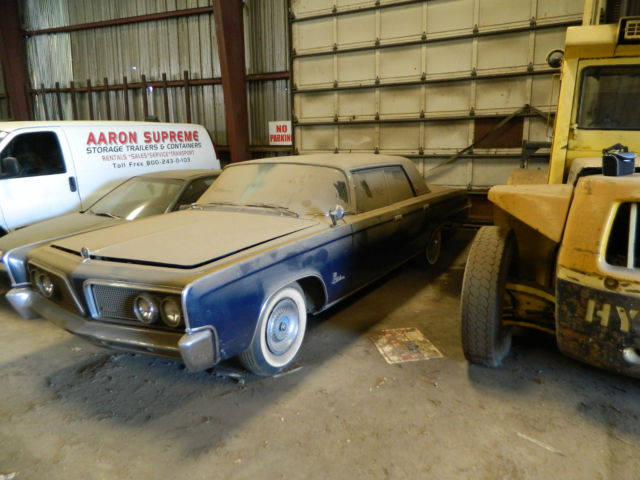
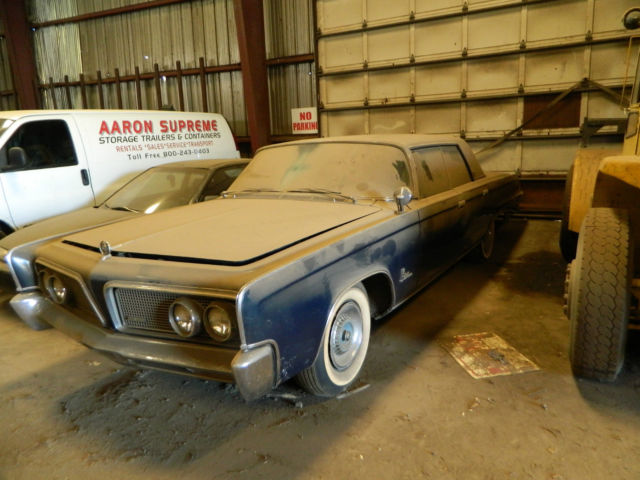



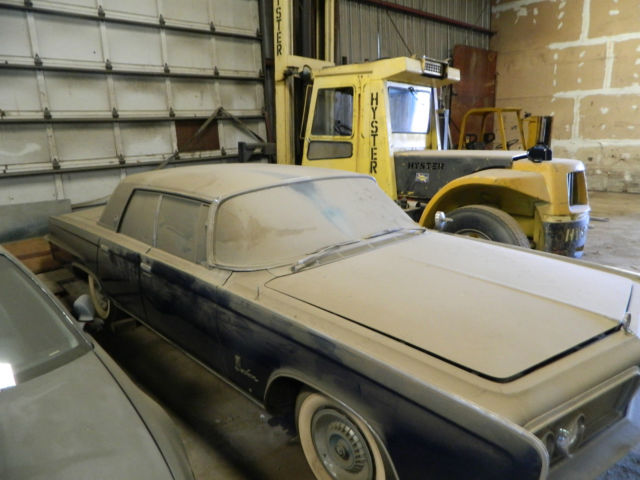
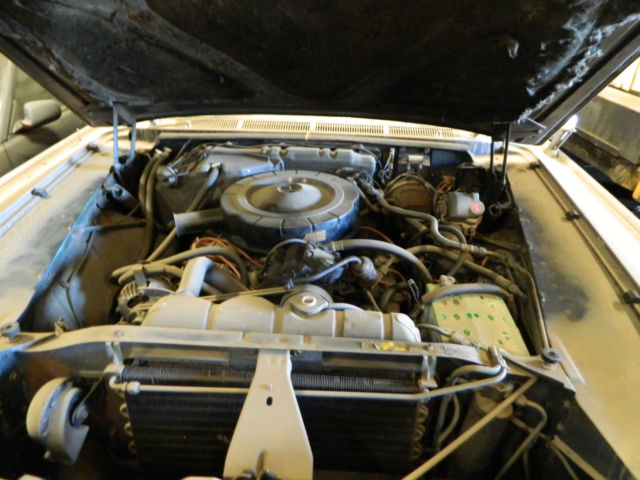
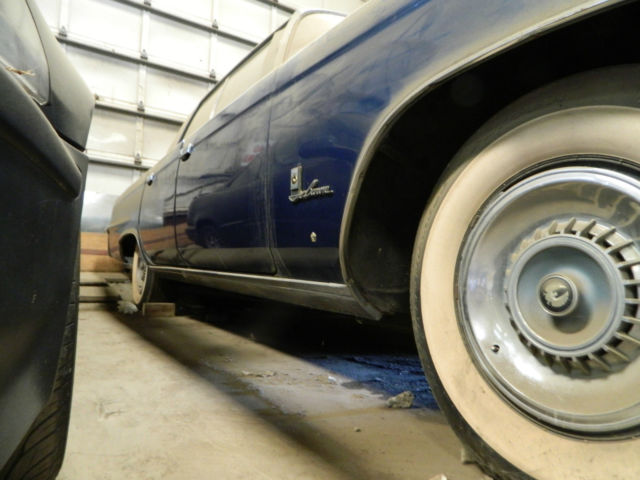
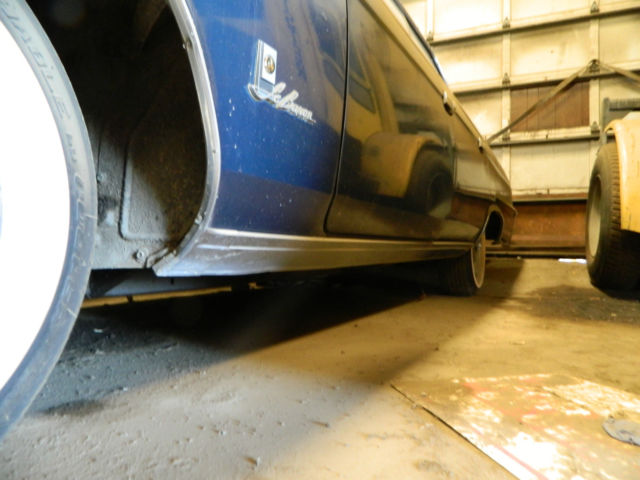
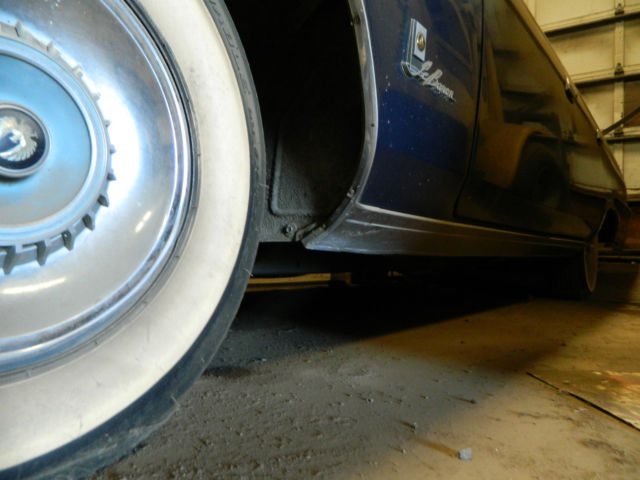
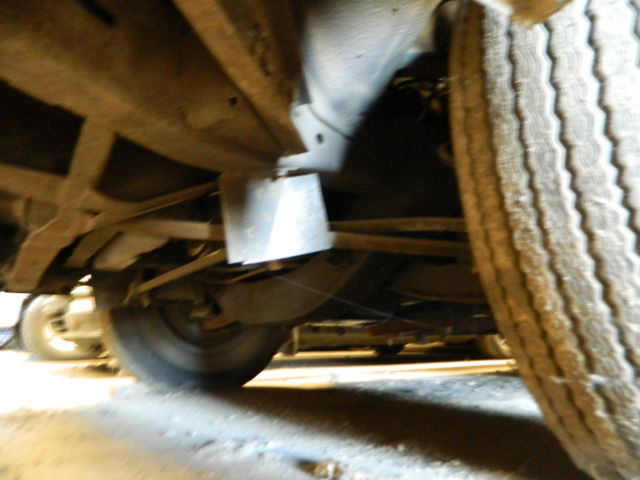
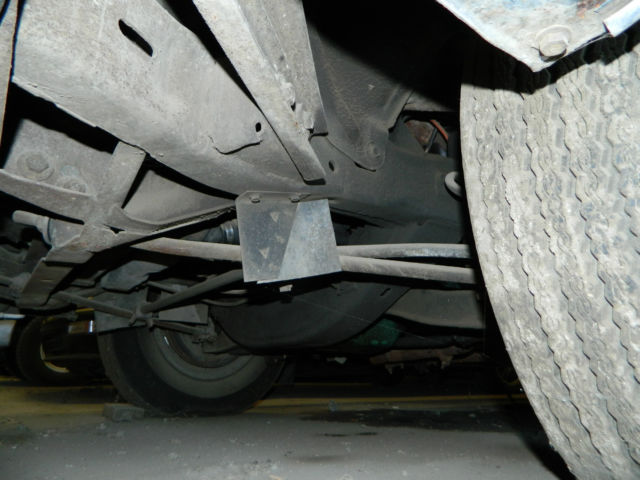
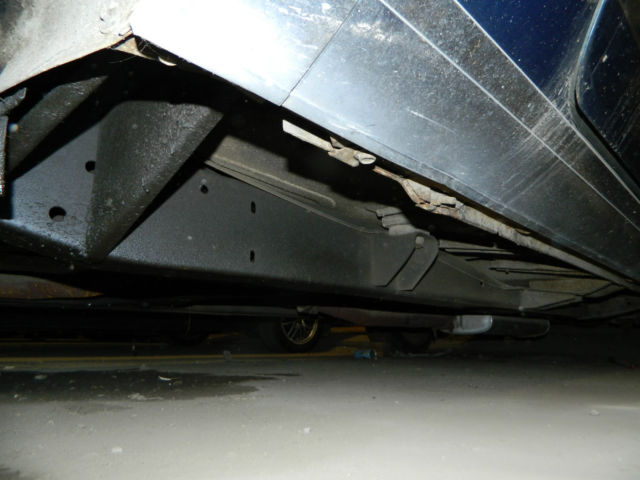
 1975 Chrysler Imperial LeBaron Hardtop 4-Door 7.2L Barn Find/Survivor Car
1975 Chrysler Imperial LeBaron Hardtop 4-Door 7.2L Barn Find/Survivor Car
 1969 Chrysler Imperial Lebaron Crown Hardtop Barn Find At No Reserve
1969 Chrysler Imperial Lebaron Crown Hardtop Barn Find At No Reserve
 1973 Chrysler Imperial Lebaron BARN FIND!! 70k miles original TIME CAPSULE
1973 Chrysler Imperial Lebaron BARN FIND!! 70k miles original TIME CAPSULE
 1964 Chrysler Imperial LeBaron
1964 Chrysler Imperial LeBaron
 1964 Chrysler Imperial LeBaron 6.8L 4 DOOR HARDTOP
1964 Chrysler Imperial LeBaron 6.8L 4 DOOR HARDTOP
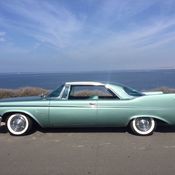 Survivor Rare Barn Find Original 131K Mile 1960 Chrysler Imperial 2 Door Coupe
Survivor Rare Barn Find Original 131K Mile 1960 Chrysler Imperial 2 Door Coupe
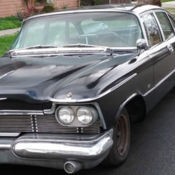 1958 Chrysler Imperial LeBaron 392 Hemi Rare Mopar Forward look
1958 Chrysler Imperial LeBaron 392 Hemi Rare Mopar Forward look
 1960 CHRYSLER IMPERIAL LEBARON RARE 1 OF 999 MADE LIKE LIMO 413 V8 COLLECTOR
1960 CHRYSLER IMPERIAL LEBARON RARE 1 OF 999 MADE LIKE LIMO 413 V8 COLLECTOR